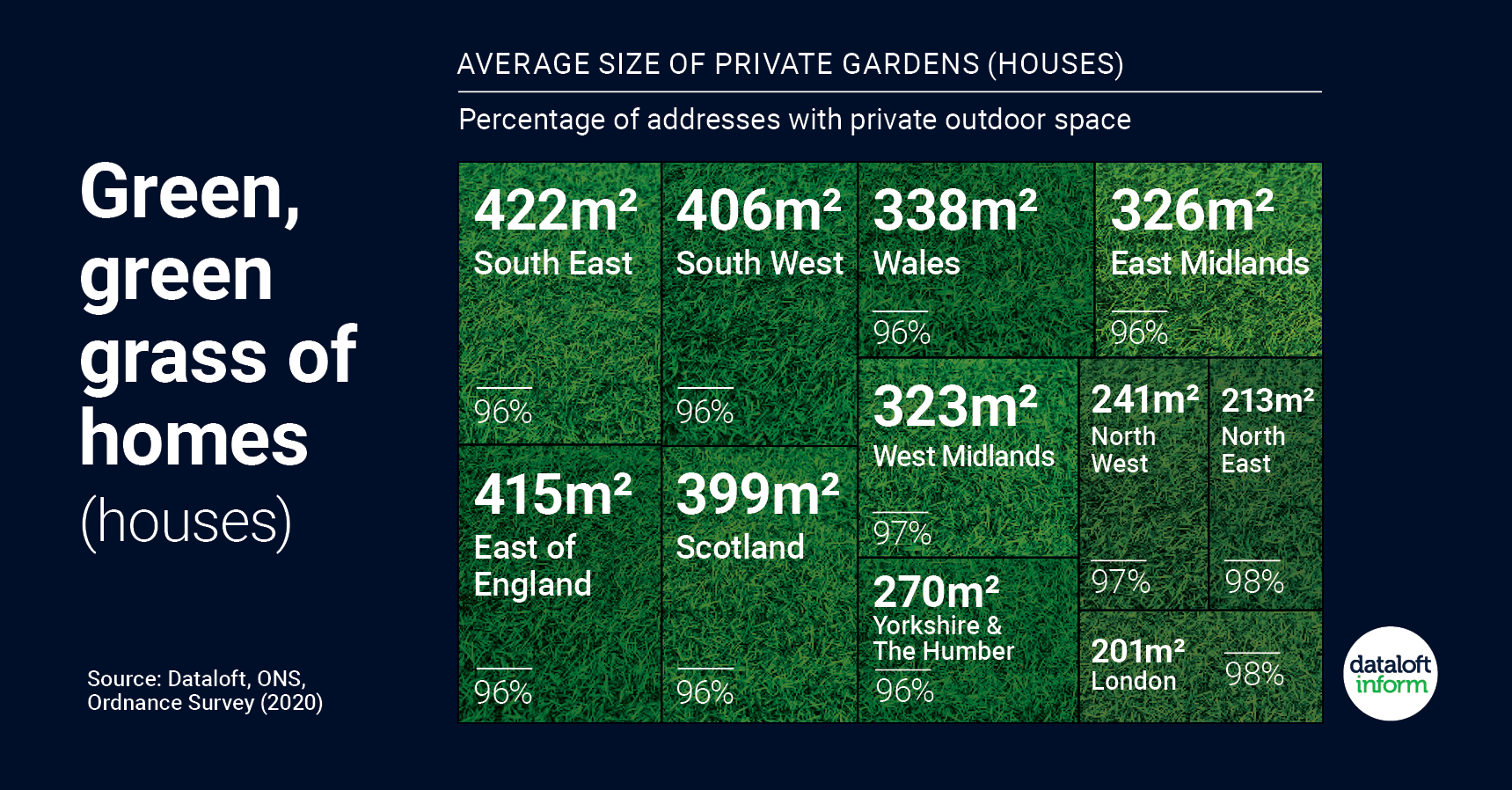
Gardens are an integral part of British life, contributing to the charm and character of residential properties across Great Britain. In fact, it is estimated that 97% of houses in the country have a garden. However, in recent years, the significance of garden size has grown, as homeowners increasingly seek to maximize their outdoor spaces for various purposes. One such trend is the rise of garden offices, providing a dedicated area for individuals to work from home.
The concept of expanding living spaces into the garden has gained popularity, as people recognize the benefits of having a separate and tranquil area to focus on their professional responsibilities. Garden offices offer a harmonious blend of nature and work, allowing individuals to escape the confines of indoor spaces while maintaining productivity and concentration. This innovative approach has proven to be a valuable solution, especially in the wake of the COVID-19 pandemic, which has significantly increased the number of people working remotely.
Interestingly, the size of a garden varies across different regions of Great Britain, leading to noticeable disparities. According to available data, the South East takes the lead in terms of average garden size, boasting an impressive 422 square meters. In contrast, Londoners contend with the smallest average garden size, measuring just 201 square meters. These regional differences are likely influenced by various factors, such as urbanization, population density, and the availability of land for housing development.
Moreover, recent research conducted by #Dataloft, in collaboration with the Office for National Statistics (ONS), Ordnance Survey, and Savills, has shed light on the economic implications of garden size. The study revealed a significant 39% price difference per square foot between homes with the largest gardens and those with the smallest ones. This finding underscores the value and desirability of spacious outdoor areas in today's housing market. It is clear that a larger garden can significantly enhance the appeal and market value of a property.
These trends and findings are not limited to a broader national scale but can also be observed in specific areas, such as Crawley. In Crawley, it has become increasingly common for tenants to express a preference for properties with gardens or outdoor spaces. The majority of tenants now seek residences that offer the opportunity to enjoy the benefits of nature and open-air living. This growing demand reflects the evolving priorities of individuals and the recognition of the positive impact that gardens can have on overall well-being and quality of life.
As the importance of gardens continues to rise, both in terms of their functionality and their financial implications, homeowners and property developers are paying closer attention to outdoor spaces. Whether it is the creation of garden offices, the expansion of existing gardens, or the inclusion of outdoor amenities, such as seating areas and green spaces, the integration of nature into residential properties has become a key consideration. The ability to provide a garden or outdoor space that meets the demands of tenants and homeowners is increasingly seen as a valuable asset in the housing market.
In conclusion, gardens have long been a cherished aspect of British life, and their significance has only grown in recent years. The desire for larger outdoor spaces, exemplified by the popularity of garden offices, demonstrates how gardens have evolved beyond mere aesthetics. The regional variations in garden sizes and the substantial price difference associated with different garden sizes highlight the economic impact of outdoor spaces. Moreover, the trend observed in Crawley, where tenants increasingly prioritize gardens and outdoor areas, reinforces the growing demand for nature-infused living spaces. As gardens become increasingly sought-after amenities, homeowners and property developers must recognize their value and adapt to the changing preferences of individuals seeking a connection with the outdoors.









